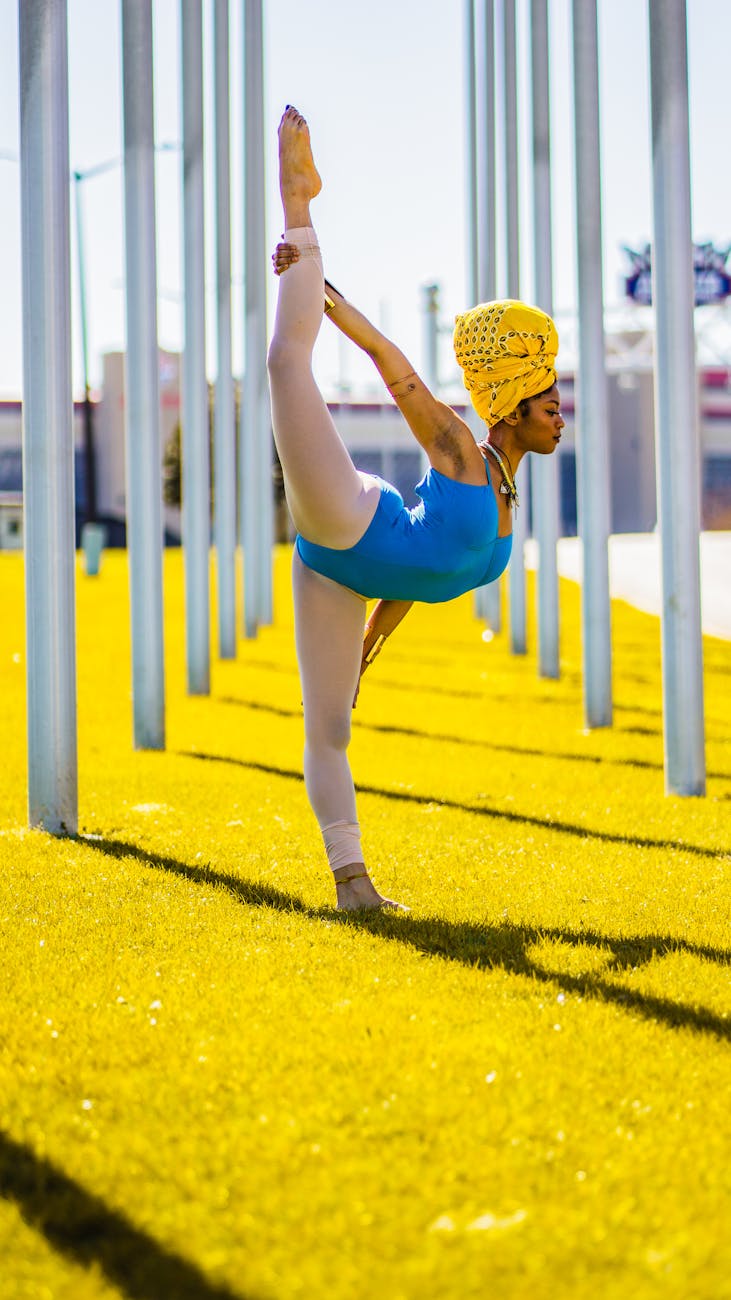Table of Contents
Why slow living is trending now
In an era defined by relentless speed and constant connectivity, a counter-movement is quietly gaining significant momentum: slow living. Far from being a niche trend for the few, this philosophy is increasingly appealing to a broad spectrum of individuals seeking respite from the demands of modern life. It’s a deliberate choice to decelerate, to be more present, and to find meaning in the everyday, rather than chasing endless achievements and possessions. This article explores the multifaceted reasons behind the rising popularity of slow living, delving into how it addresses contemporary anxieties and offers a path to greater well-being, mindfulness, and a more sustainable way of life.
The burnout epidemic and the search for balance
The incessant hum of notifications, the pressure to always be “on,” and the glorification of busyness have pushed many to the brink of exhaustion. The pervasive culture of productivity, often lauded as a virtue, has inadvertently led to a widespread burnout epidemic, impacting mental and physical health across demographics. Chronic stress, anxiety, and a feeling of being perpetually overwhelmed are common complaints in today’s society. Slow living emerges as a powerful antidote to this relentless pace. It encourages individuals to disengage from the frantic race, prioritizing self-care, rest, and reflection. By consciously reducing external pressures and internalizing a more gentle rhythm, people are discovering that true productivity often comes from a place of calm and clarity, not constant motion. This shift is less about doing nothing and more about doing things deliberately and with greater awareness.
Mindful consumption and sustainable living
Beyond personal well-being, the slow living movement deeply intertwines with a growing global consciousness about consumption and sustainability. In a world grappling with environmental concerns and the societal implications of rampant consumerism, slow living advocates for a fundamental shift from quantity to quality. This means making considered purchases, valuing craftsmanship, and embracing durability over disposability. It’s about buying less, choosing well, and making things last. This philosophy extends to food choices (slow food, local produce), fashion (ethical brands, capsule wardrobes), and even home decor (minimalism, heirloom pieces). By slowing down our consumption habits, we not only reduce our environmental footprint but also foster a deeper appreciation for the items we own and the resources they represent. This mindful approach to material possessions frees up mental space and financial resources, directing them towards experiences and relationships rather than an endless cycle of acquiring new things.
Reconnecting with self, others, and nature
One of the most profound aspects of slow living is its emphasis on fostering genuine connections. In a world where digital interactions often supersede face-to-face encounters, and where hurried schedules leave little room for spontaneous moments, slow living encourages us to cultivate deeper relationships with ourselves, our loved ones, and the natural world. It promotes carving out time for meaningful conversations, shared meals without distraction, and simply being present with those we care about. Furthermore, it advocates for stepping away from screens and spending more time in nature, whether through gardening, hiking, or simply observing the world around us. This re-engagement with our environment and our inner selves helps to ground us, reduce feelings of isolation, and enhance overall life satisfaction. The act of slowing down allows for greater introspection, leading to a clearer understanding of personal values and priorities, which in turn informs more intentional choices in all areas of life.
Embracing intentionality in a hurried world
The trend of slow living isn’t merely about reducing speed; it’s fundamentally about intentionality. It represents a conscious decision to design a life aligned with one’s values, rather than passively reacting to external pressures. This intentionality manifests in various aspects of daily life, from how we work and learn to how we travel and parent. Here are some common practices associated with this intentional shift:
| Slow living practice | Core principle | Common benefits |
|---|---|---|
| Slow food | Appreciating local, seasonal, and home-cooked meals | Improved health, stronger community ties, reduced food waste |
| Slow travel | Immersive, unhurried exploration of destinations | Deeper cultural understanding, less stress, memorable experiences |
| Mindful consumption | Purchasing with purpose, valuing quality over quantity | Financial savings, reduced environmental impact, decluttered living |
| Digital detox | Setting boundaries with technology and screens | Enhanced focus, reduced anxiety, improved sleep |
| Slow parenting | Allowing children to develop at their own pace, less scheduled activities | Reduced parental stress, more independent children, stronger family bonds |
By embracing these intentional practices, individuals are actively reclaiming their time, energy, and attention. This deliberate pace allows for more thoughtful decision-making, greater creativity, and a richer, more fulfilling existence. It’s a testament to the idea that true progress isn’t always measured by speed or volume, but by depth and meaning.
A holistic approach to modern living
In conclusion, the surge in popularity of slow living is a direct response to the pervasive challenges of our fast-paced world. It offers a much-needed antidote to the widespread burnout, superficial connections, and unsustainable consumption patterns that characterize contemporary society. By advocating for a deliberate deceleration, increased mindfulness, and a strong emphasis on intentional choices, slow living provides a comprehensive framework for enhanced well-being. It’s a powerful philosophy that encourages us to reconnect with our inner selves, nurture meaningful relationships, and live in greater harmony with our environment. Ultimately, the trend reflects a collective desire for a more balanced, purposeful, and fulfilling existence, proving that sometimes, the most revolutionary act in a hurried world is simply to slow down.
